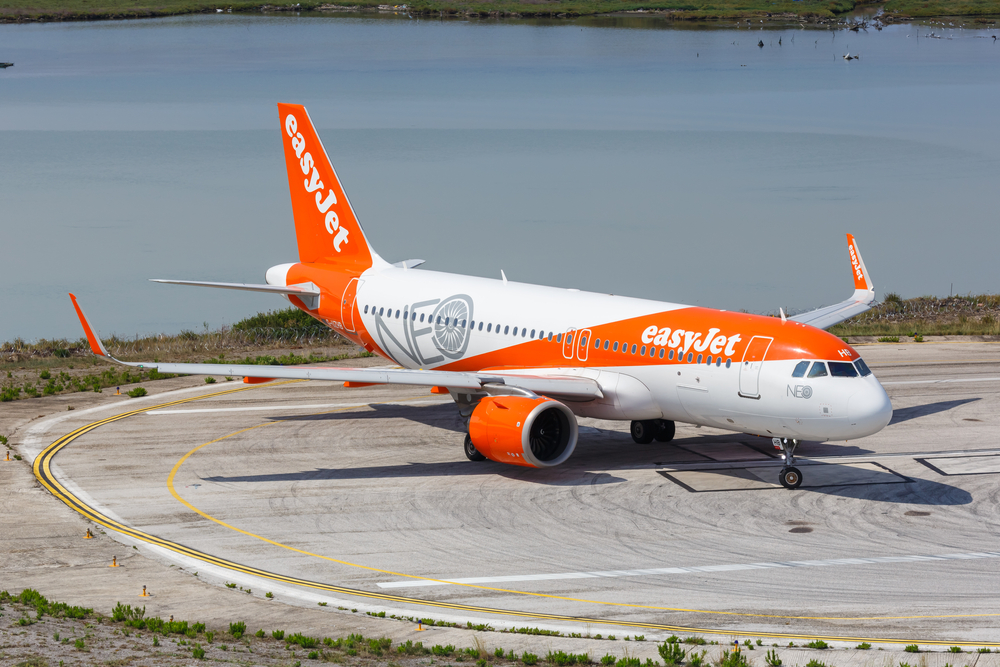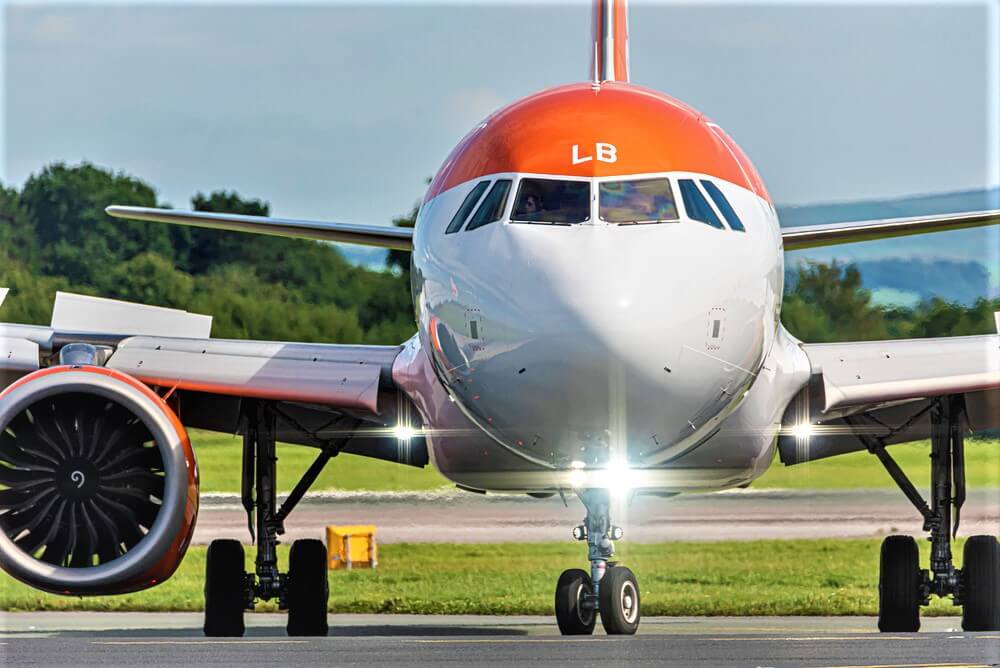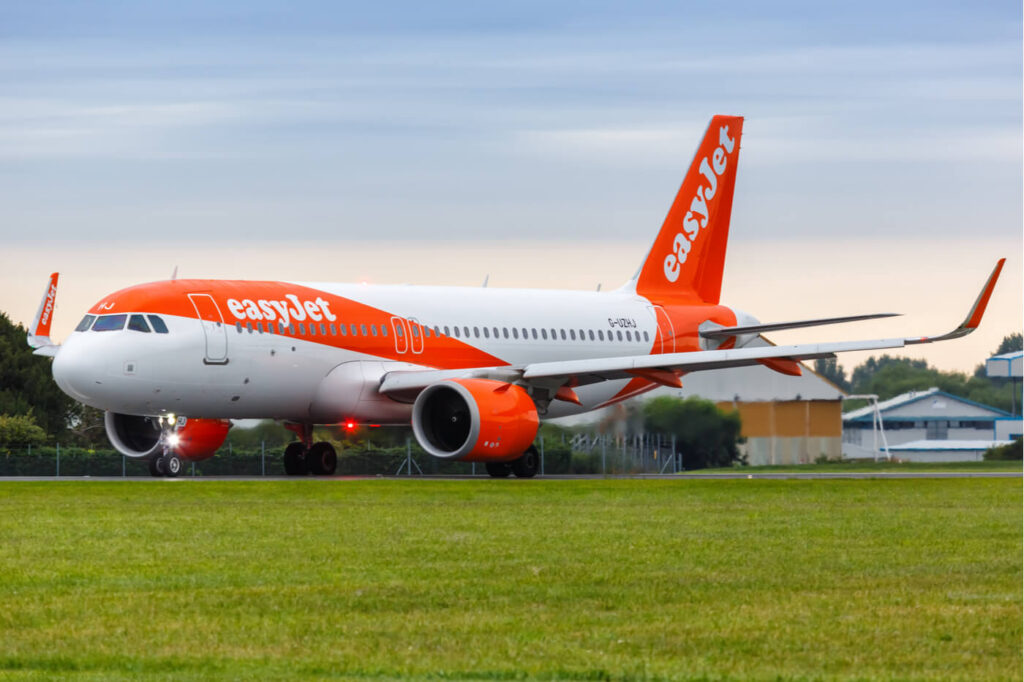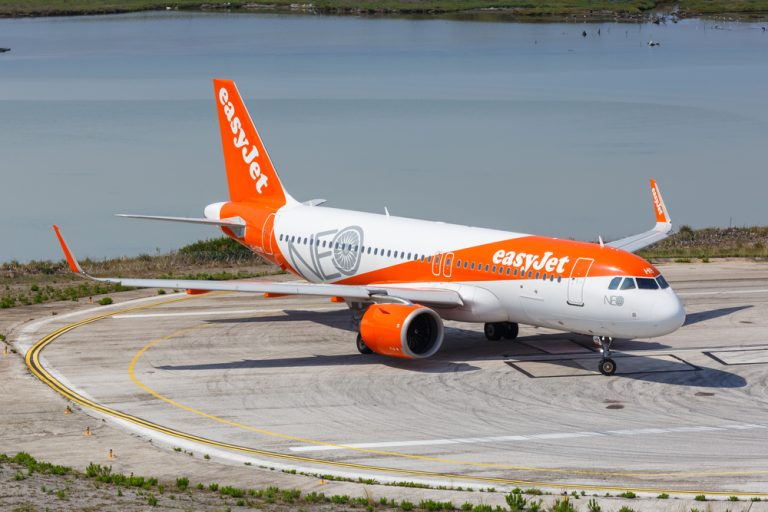
Markus Mainka/Shutterstock
EasyJet has become the first airline to sign up to the Iris satellite-based future airspace control programme, which is expected to play a crucial role in facilitating airspace modernization across the industry in the coming years.
The Iris program is an initiative led by the European Space Agency (ESA) in cooperation with the global communications organization Viasat. The program aims to leverage the latest satellite technology to revolutionize air traffic management (ATM).
ESA's European Satellite Services Provider (ESSP) has already secured support from 15 major Air Navigation Service Providers (ANSPs) to facilitate the first commercial flights across Europe using Iris, scheduled for 2024. Up to to 11 easyJet Airbus A320neo aircraft as part of the programme.
IRIS works by enhancing satellite communications between aircraft and ground control. This innovation should support air traffic controllers and pilots in achieving operational efficiency by calculating optimal routes, flight altitudes, and using continuous climb and descent paths.
By utilizing the benefits offered by Iris, easyJet aims to operate its aircraft as efficiently as possible, leading to further improvements in terms of fuel burn and reduced emissions.

This initiative also represents a milestone, as it is the first European implementation of the Single European Skies Initiative. The Iris program is expected to play a pivotal role in driving airspace modernization across the aviation industry.
Airspace modernization is a critical component of the aviation industry's quest to reach net-zero emissions. In 2022, easyJet announced an interim science-based carbon reduction target, aiming to improve carbon emissions intensity by 35% by FY2035, based on the FY2020 baseline. This commitment is aligned with easyJet's overall goal of achieving net zero Zero carbon emissions by 2050.
Efficient use of airspace is crucial to reducing emissions in aviation, providing the most feasible path to immediate carbon reduction. Direct flight paths result in shorter flight durations, resulting in lower fuel consumption and reduced emissions. Achieving this degree of efficiency is integral to achieving the Single European Sky Air Traffic Management Research (SESAR) ambition, i.e. the target of reducing carbon emissions from the European aviation sector by 10%.
Hugh McConnell, EasyJet's Director of Operations and Navigation, said: “More efficient use of airspace is a crucial way we can tackle industry emissions today.” “Adopting Iris technology on these aircraft will enable easyJet to fly more directly and efficiently, thereby reducing carbon emissions as well as enhancing our on-time performance which in turn improves our customers’ experiences.”
“We are pleased to be paving the way in this area as we work towards our goal of achieving our ambitions of achieving net zero by 2050, as outlined in our roadmap,” added Conilogue.

Charlotte Neret, CEO of ESSP, said: “These first commercial flights realize a decade of vision and investment in this new data link communications solution to achieve safer, more environmentally friendly aviation. ESSP is delighted to be powering this moment of synchronization between all stakeholders, from industry to airlines, with proactive contributions from many air navigation service providers.
“Thank you to all the partners, ESSP is proud to offer the Iris Satcom data link service to Europe, as well as starting Iris flights with a major airline like easyJet. Iris technology allows the development of new environmentally friendly routes, which will improve air traffic control management, and reduce fuel costs,” Nirit added. , and leads to more efficient deployment of air operations.
Airbus offers Iris as an upgraded and fully certified capability on its A320 and A330 families. Iris shares route and intent-based operational information with ground stations, enabling airlines to avoid holding patterns, calculate optimal routes and altitudes, and benefit from continuous climbs and descents, rather than gradual changes in altitude that burn more fuel overall.


